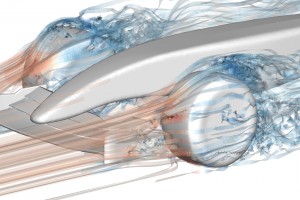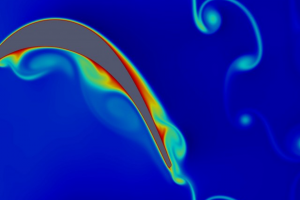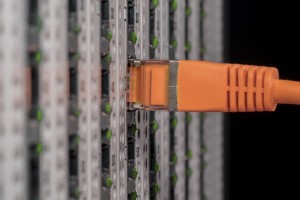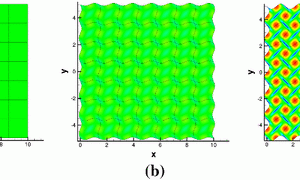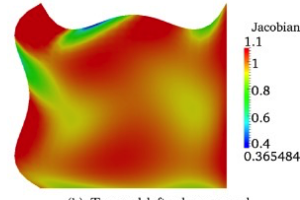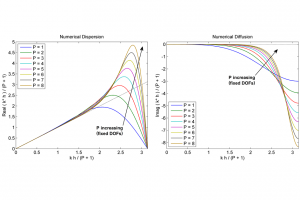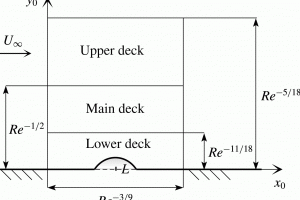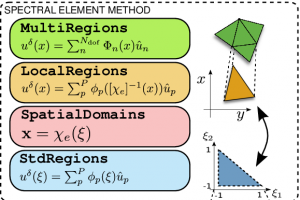Nektar++ has been used to investigate the flow dynamics and vortex generation behind the front section of a Formula 1 racing car. The above image shows the flow trajectory, coloured by pressure, at a Reynolds number of 220,000, based on the chord of the main-plane of the front-wing. The simulation has 13 million degrees of […]
Oracle Solaris Studio is a free proprietary development suite that includes compilers and analysis tools. It is available from here for free download upon a quite non-restrictive license agreement and it can be used locally on Linux machines with Java installed. On the internal Nektar++ compute nodes it is made available by running This pages describes how to use […]
Nektar++ includes a solver for simulating the dynamics of compressible inviscid/viscous flow on unstructured two-dimensional and three-dimensional meshes. Specifically, the solver solves two system of equations: Euler equations; Navier-Stokes equations. The systems are provided with a comprehensive set of boundary conditions (1) for specifying inflow/outflow variables as well as wall conditions. In both the systems appropriate techniques for […]
Imperial College’s HPC system contains computing resources suitable for a broad range of jobs. Node sizes and interconnects therefore vary. This cluster is useful for serial runs, small and large parallel runs, parameter sweep studies, etc. There are also some dedicated private queues which some users may have access.
DOI: 10.1007/s10915-015-0119-z/fulltext.html
This paper investigates the connections between many popular variants of the well-established discontinuous Galerkin method and the recently developed high-order flux reconstruction approach on irregular tensor-product grids.
DOI: 10.1016/j.jcp.2015.06.032
In this work we detail two dealiasing strategies based on the concept of consistent integration. The first uses a localised approach, which is useful when the nonlinearities only arise in parts of the problem. The second is based on the more traditional approach of using a higher quadrature.
DOI: 10.1016/j.jcp.2015.06.020
We investigate the potential of linear dispersion–diffusion analysis in providing direct guidelines for turbulence simulations through the under-resolved DNS (sometimes called implicit LES) approach via spectral/hp methods. The discontinuous Galerkin (DG) formulation is assessed in particular as a representative of these methods.
DOI: 10.1017/jfm.2015.281
This paper is concerned with the boundary-layer separation in subsonic and transonic flows caused by a two-dimensional isolated wall roughness. The process of the separation is analysed by means of two approaches: the direct numerical simulation (DNS) of the flow using the Navier–Stokes equations, and the numerical solution of the triple-deck equations.
DOI: 10.1016/j.cpc.2015.02.008
Nektar++ is an open-source software framework designed to support the development of high-performance scalable solvers for partial differential equations using the spectral/hp element method.
